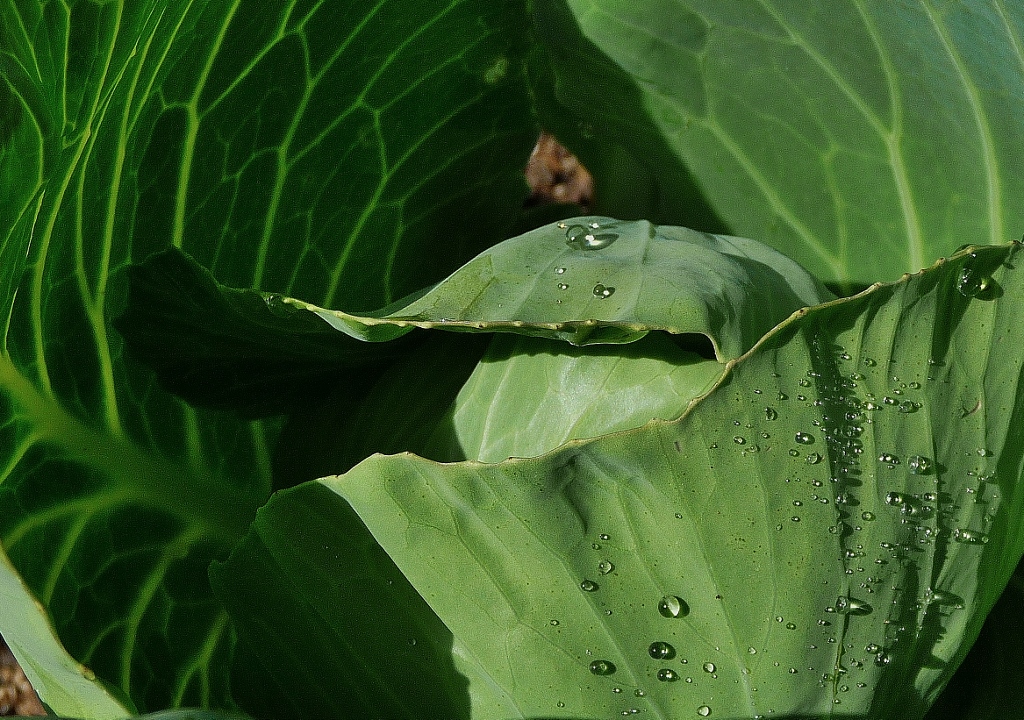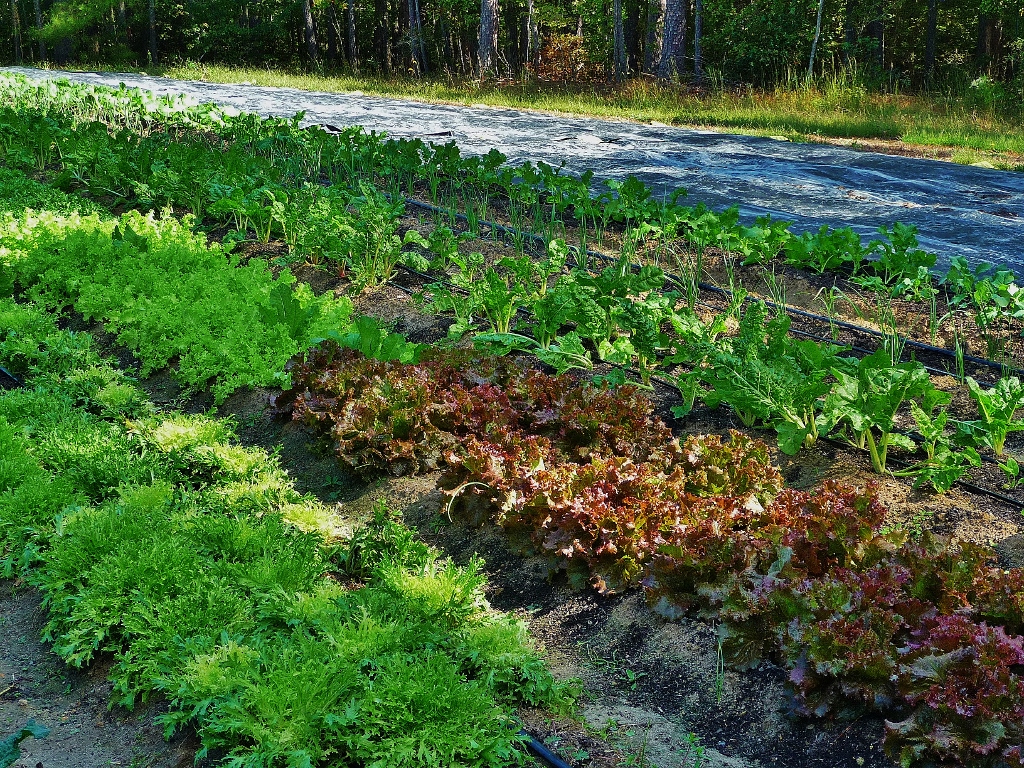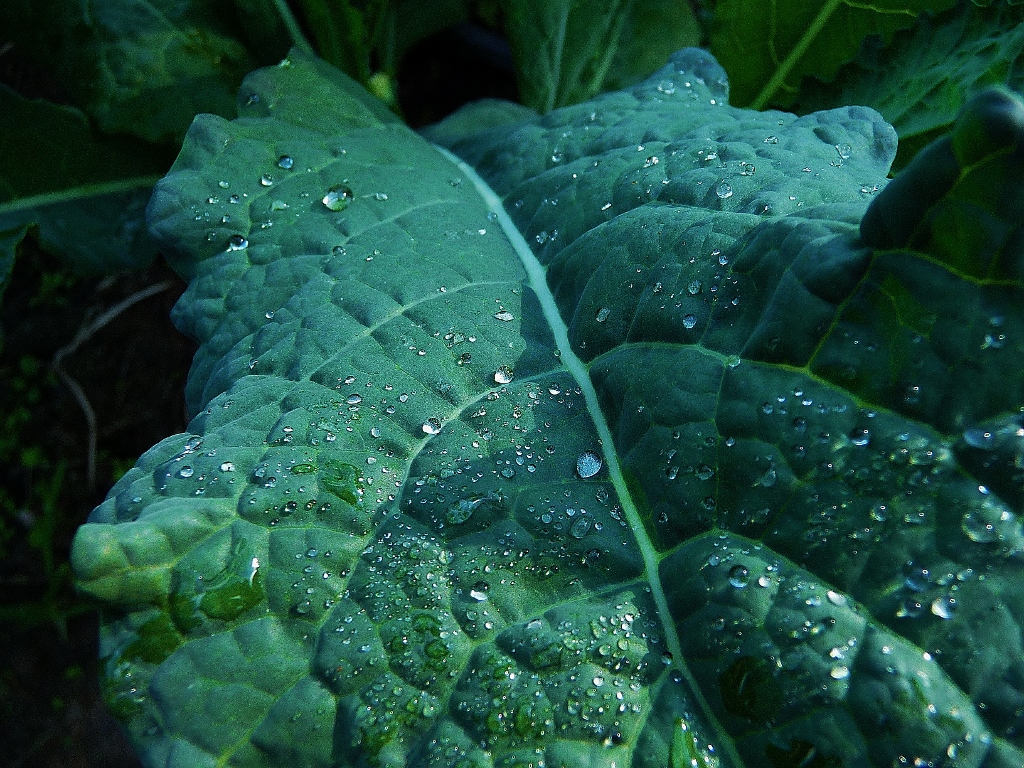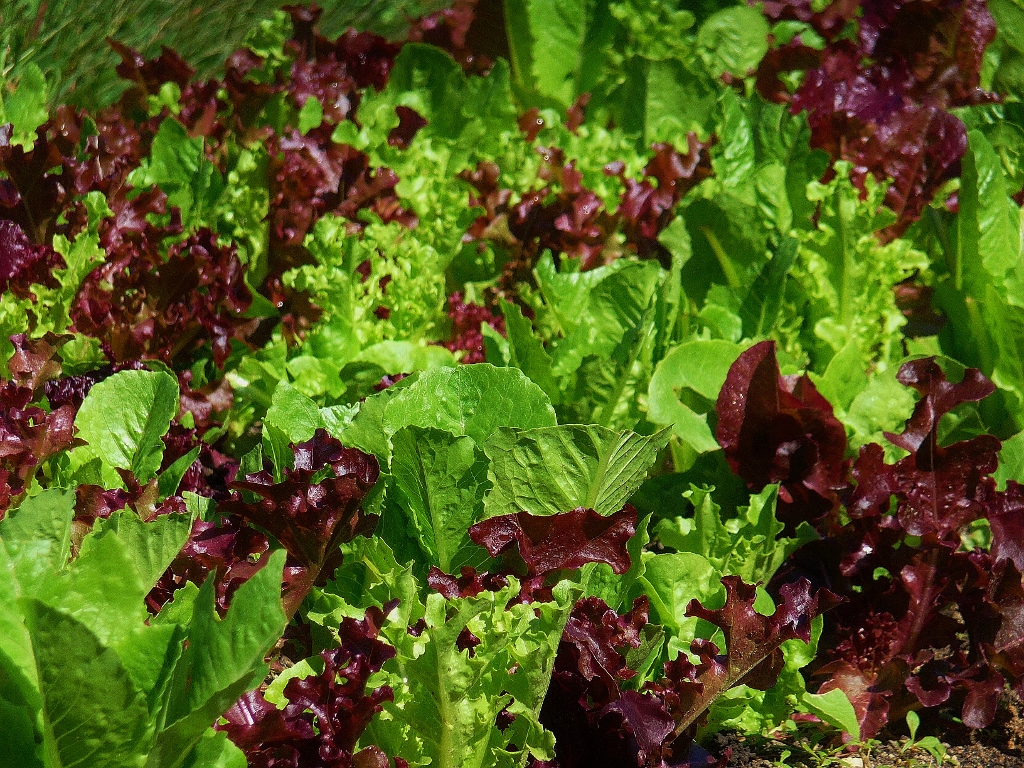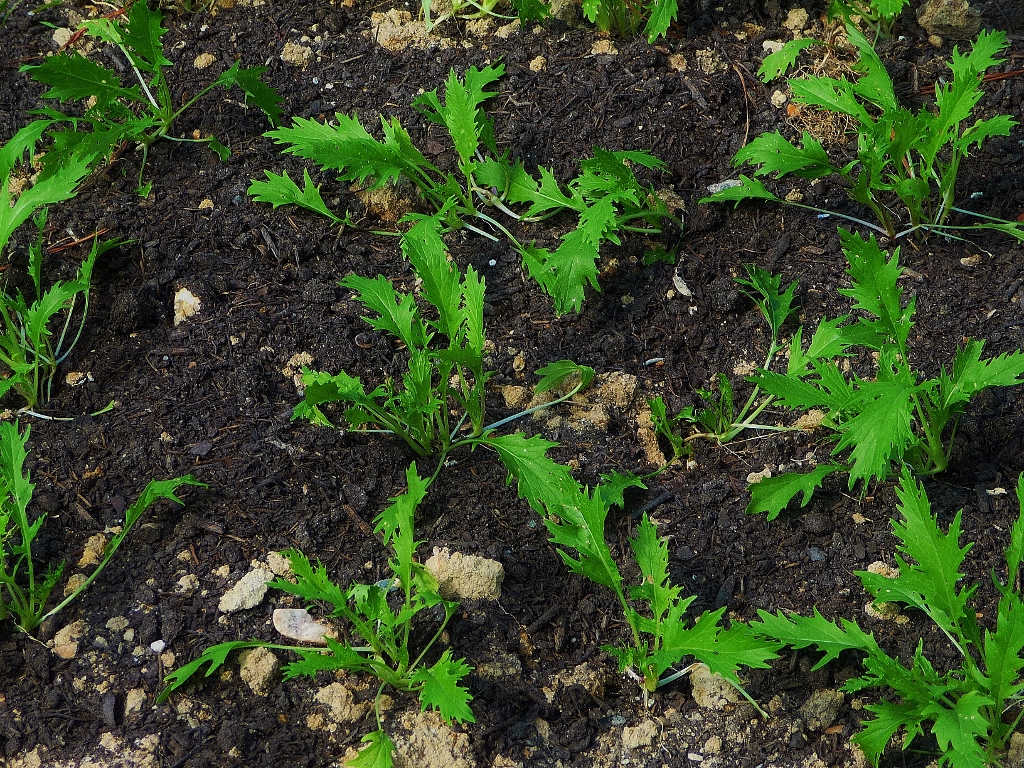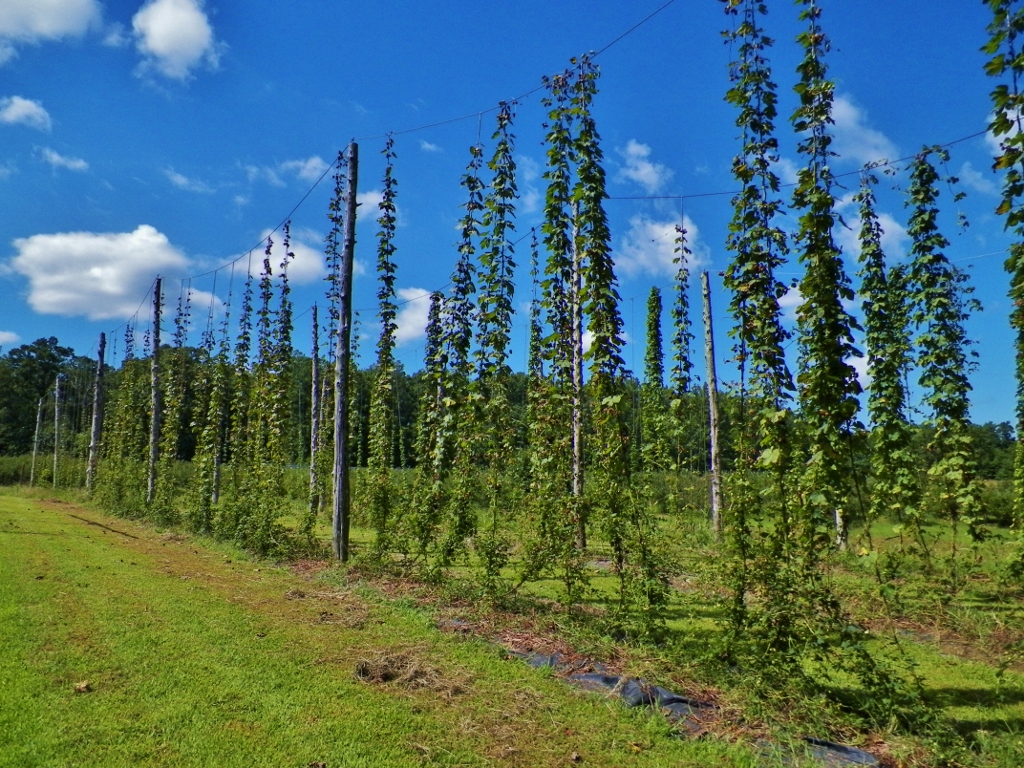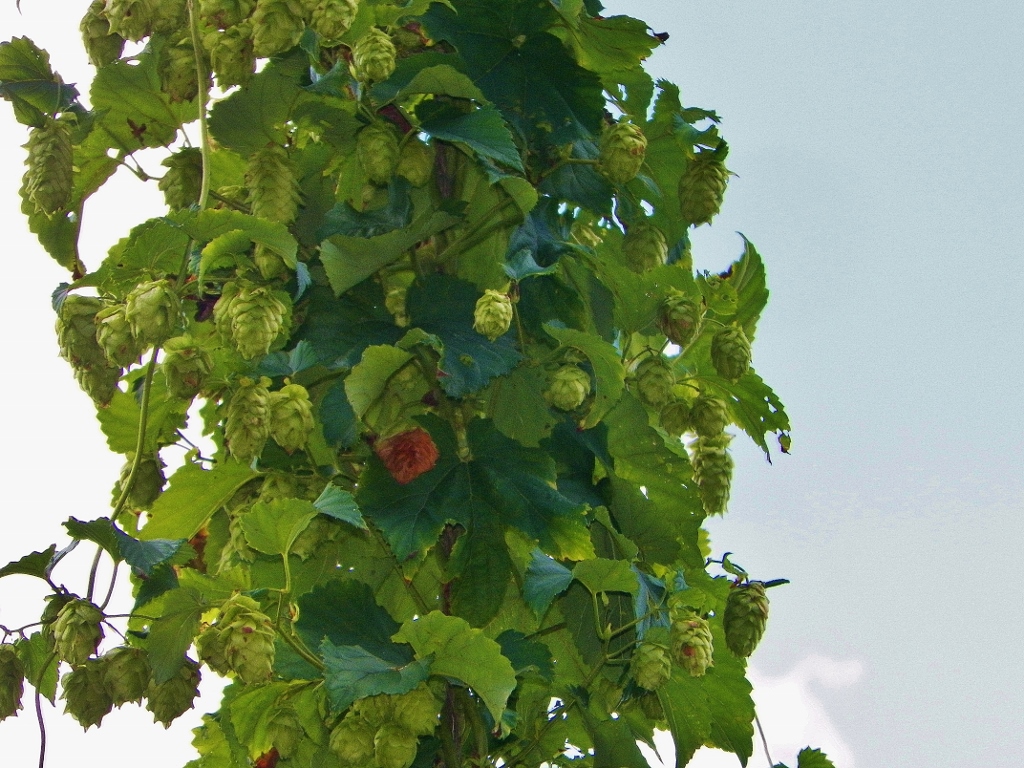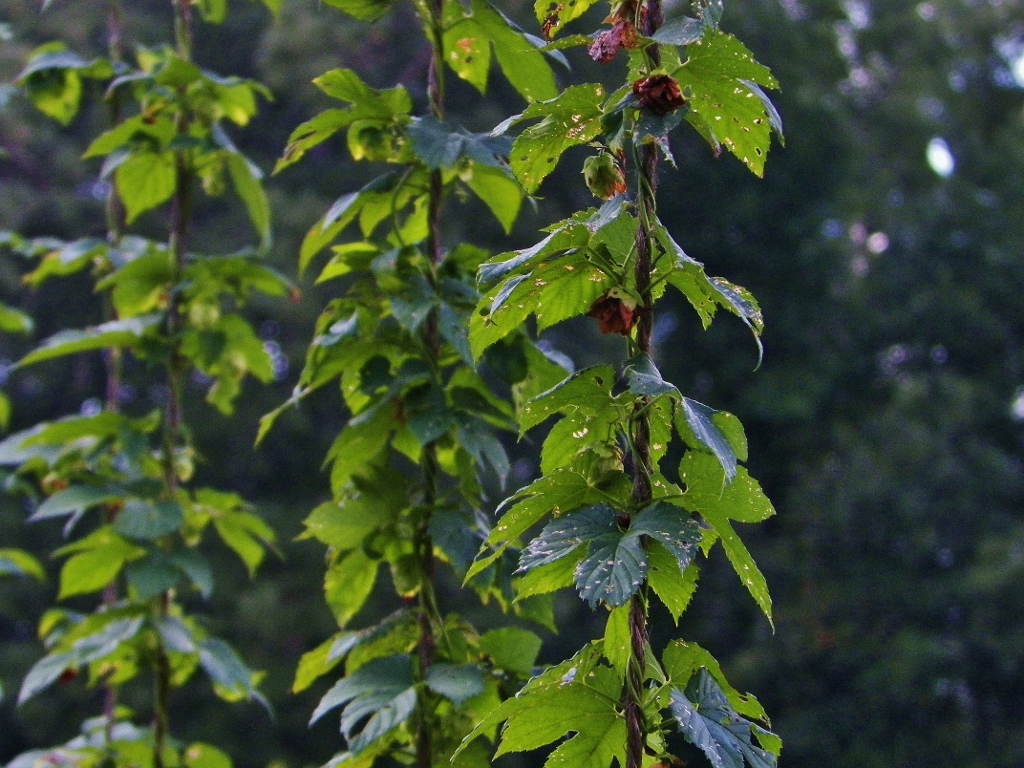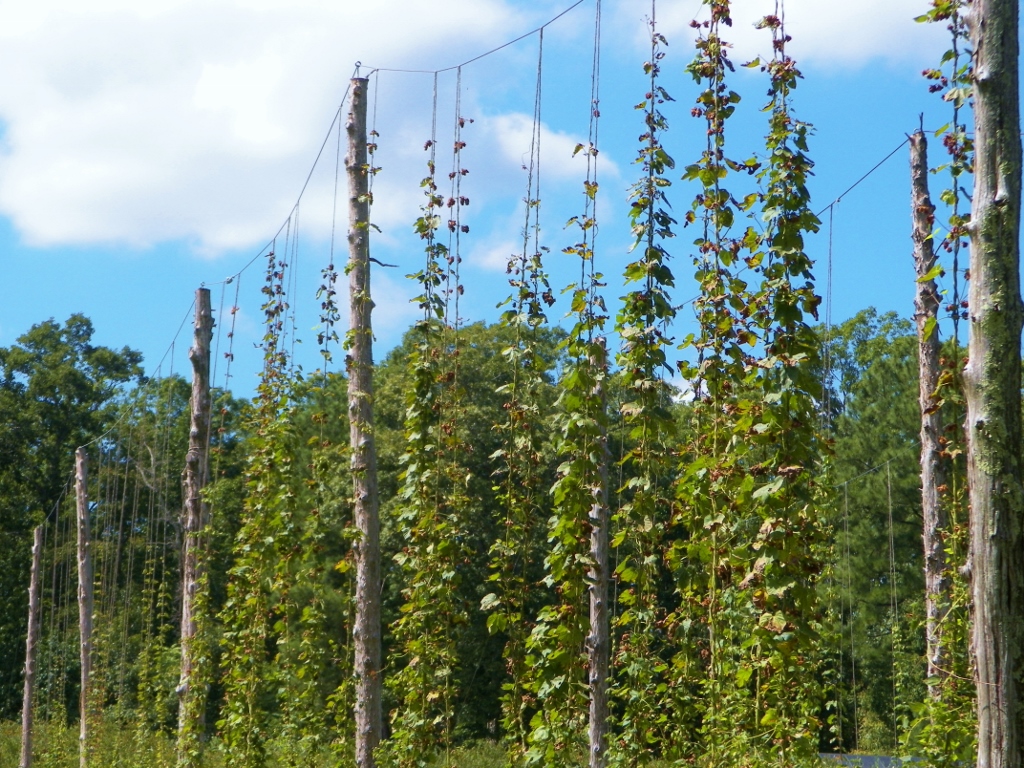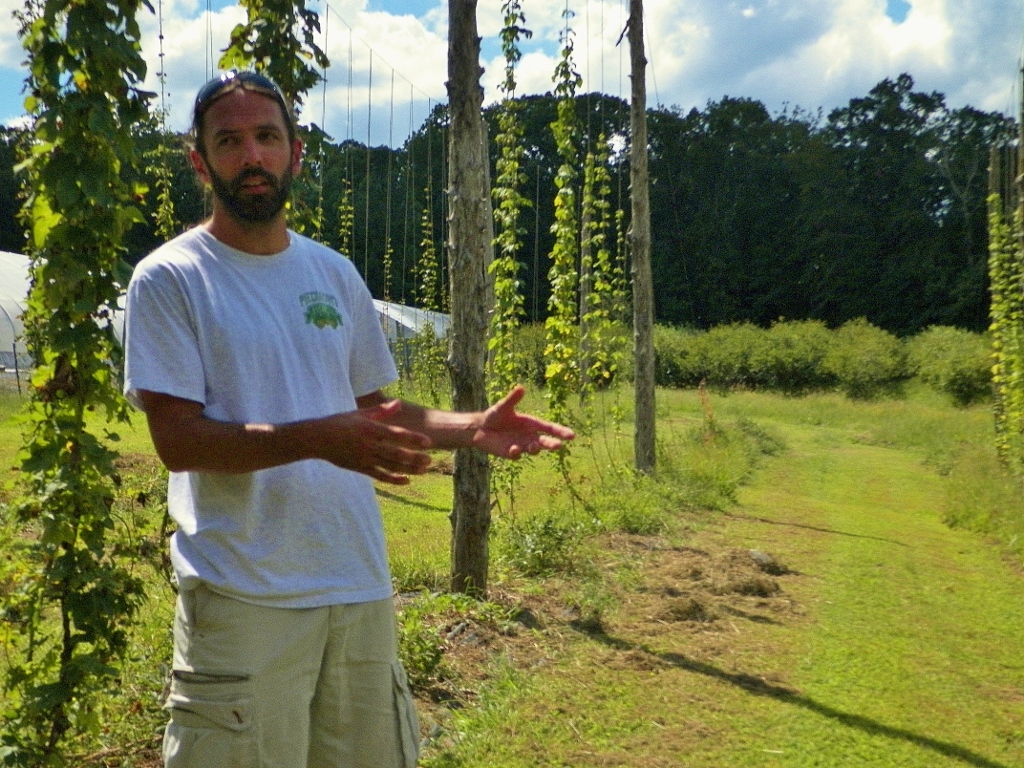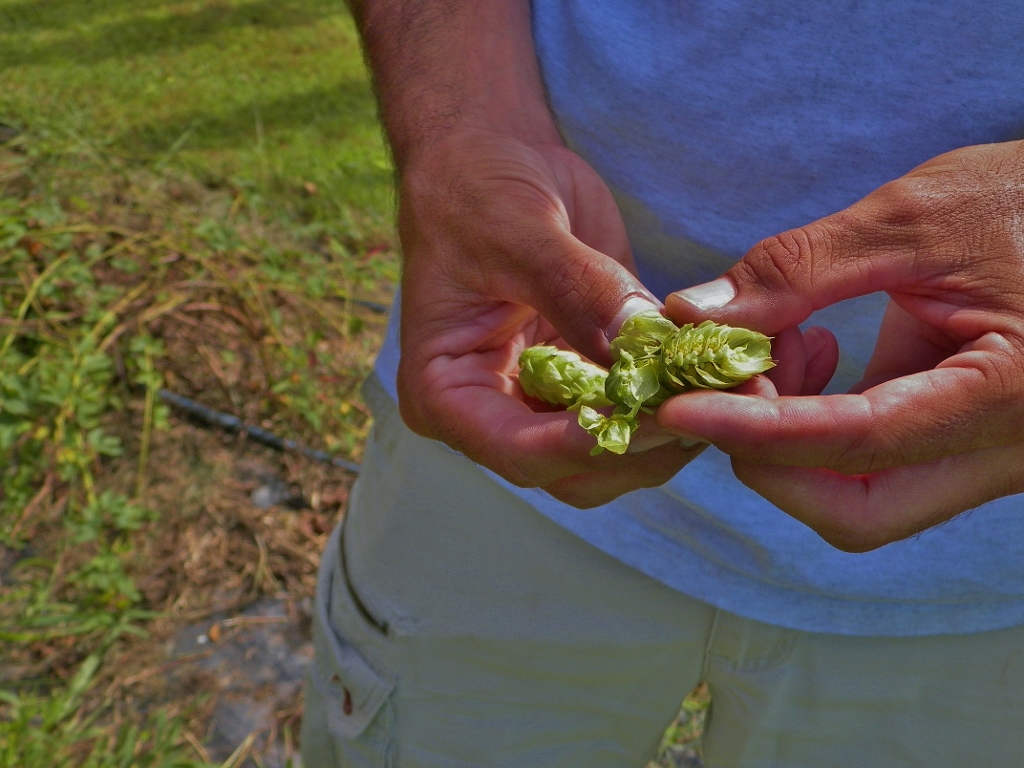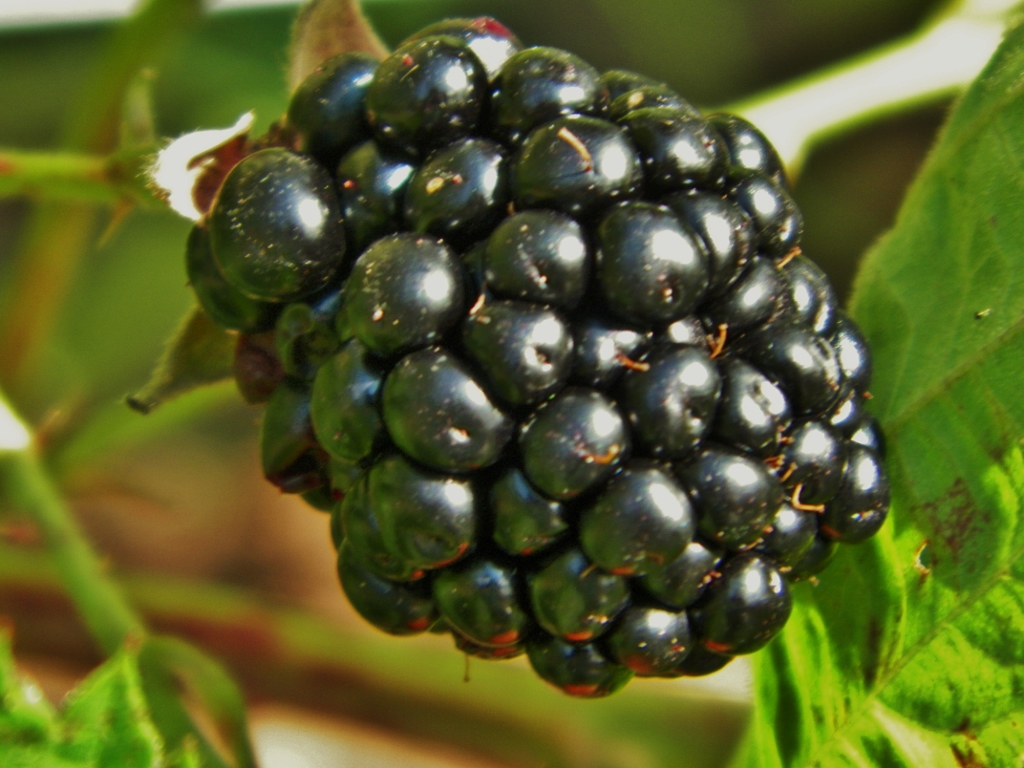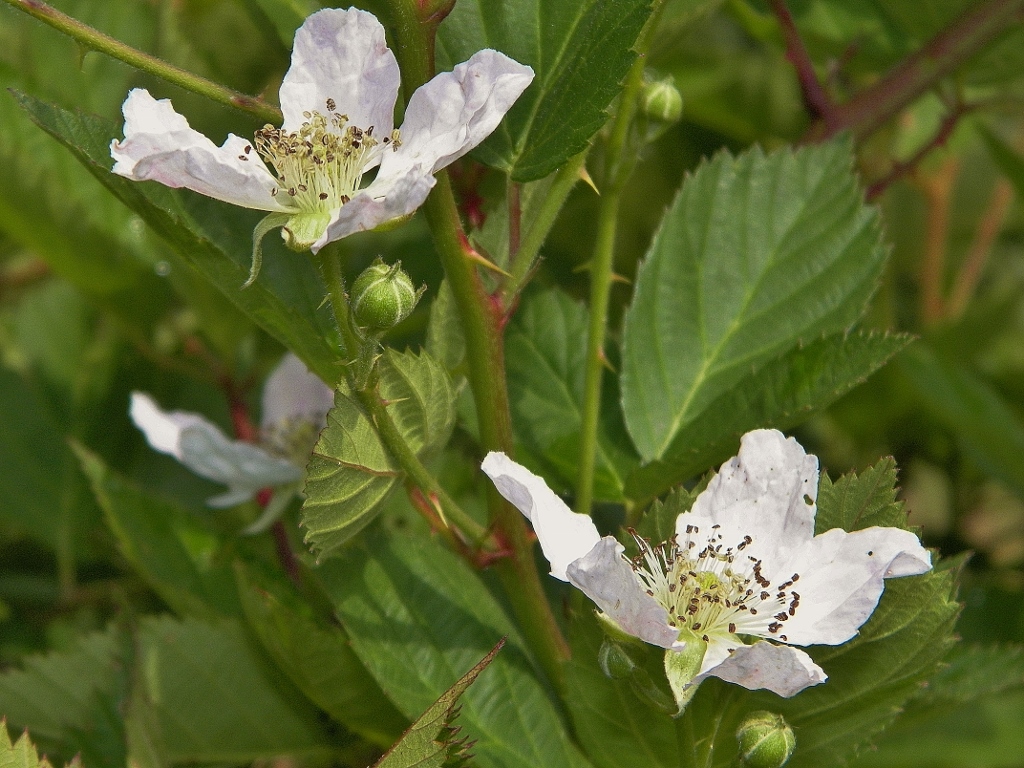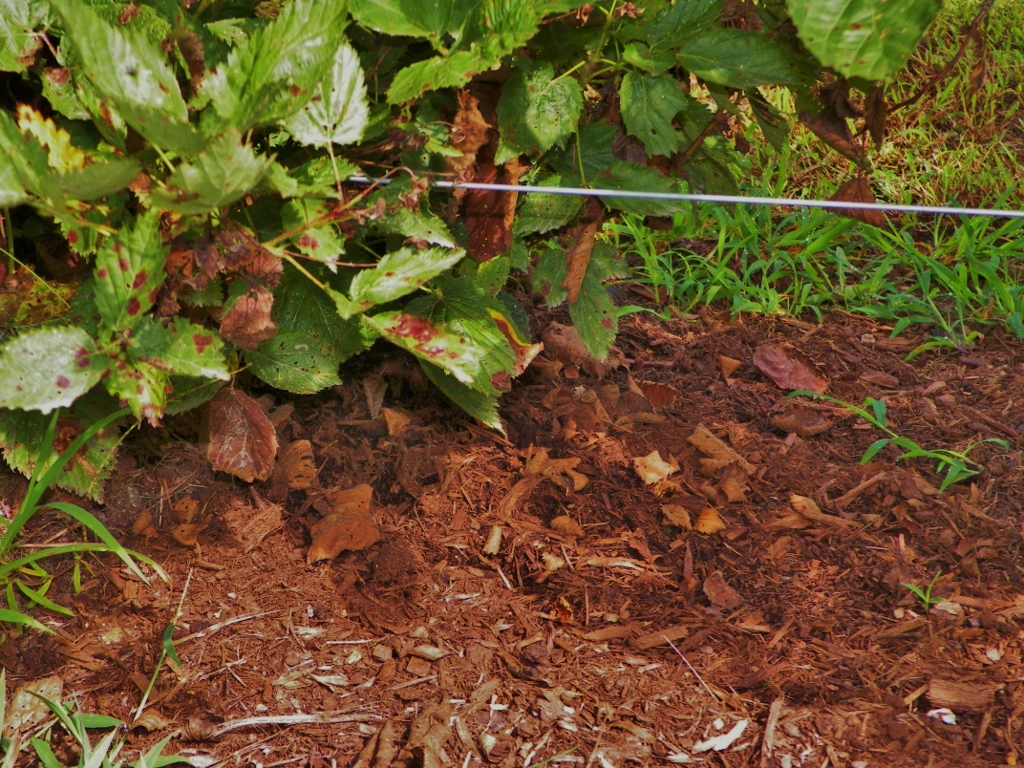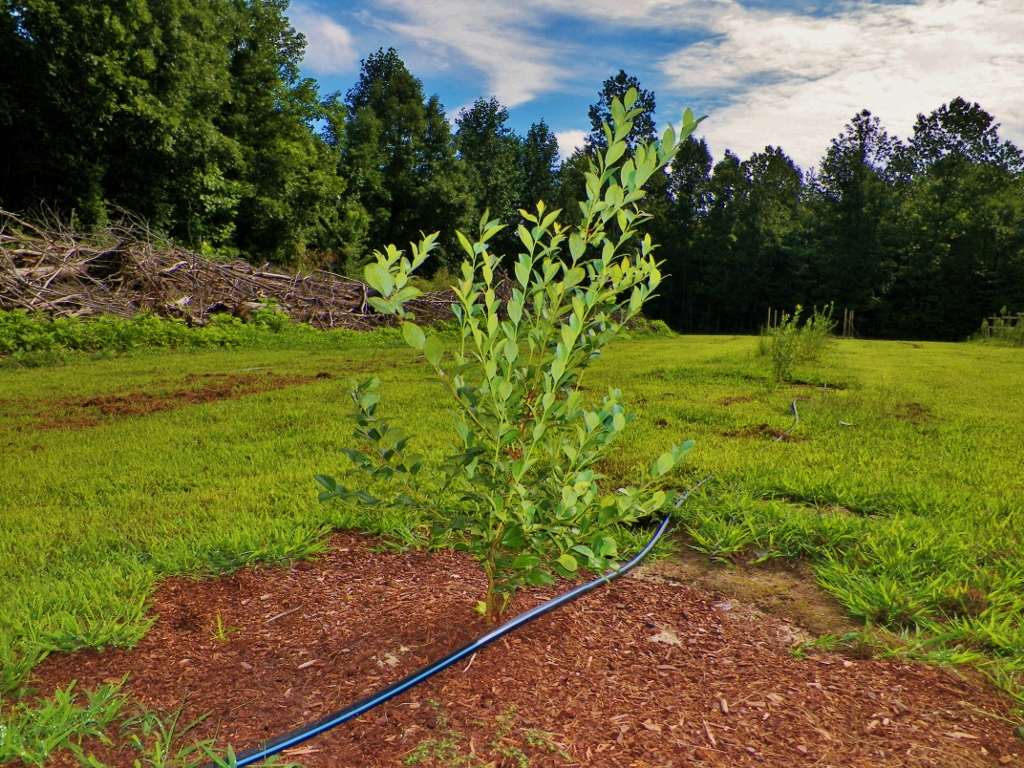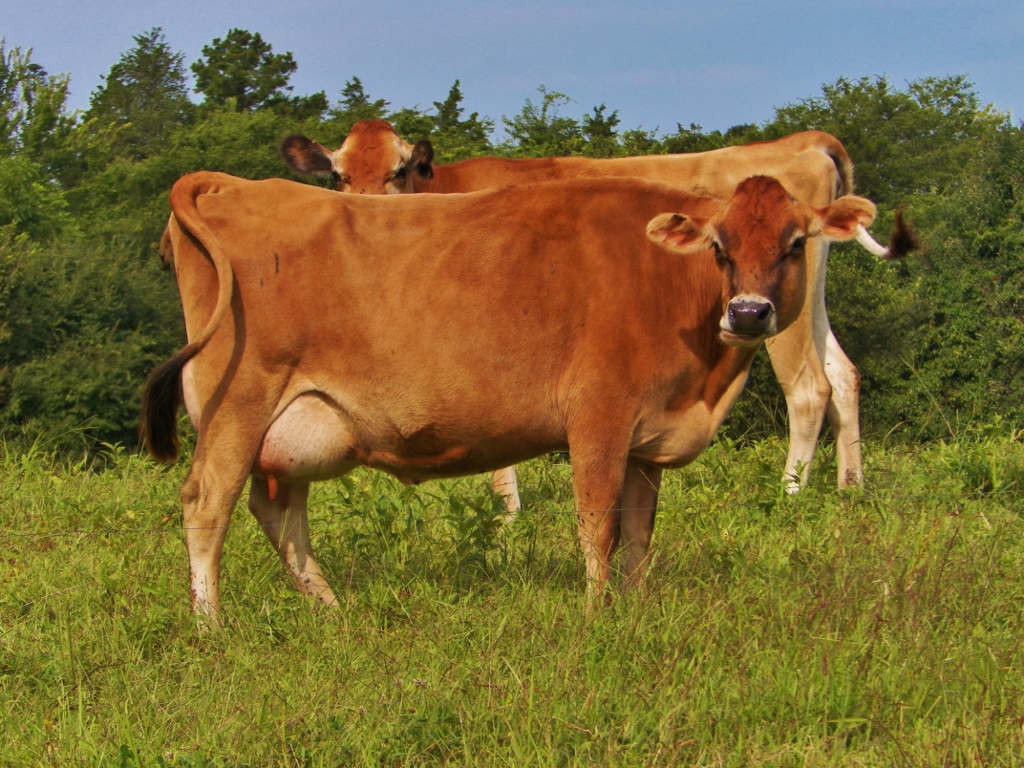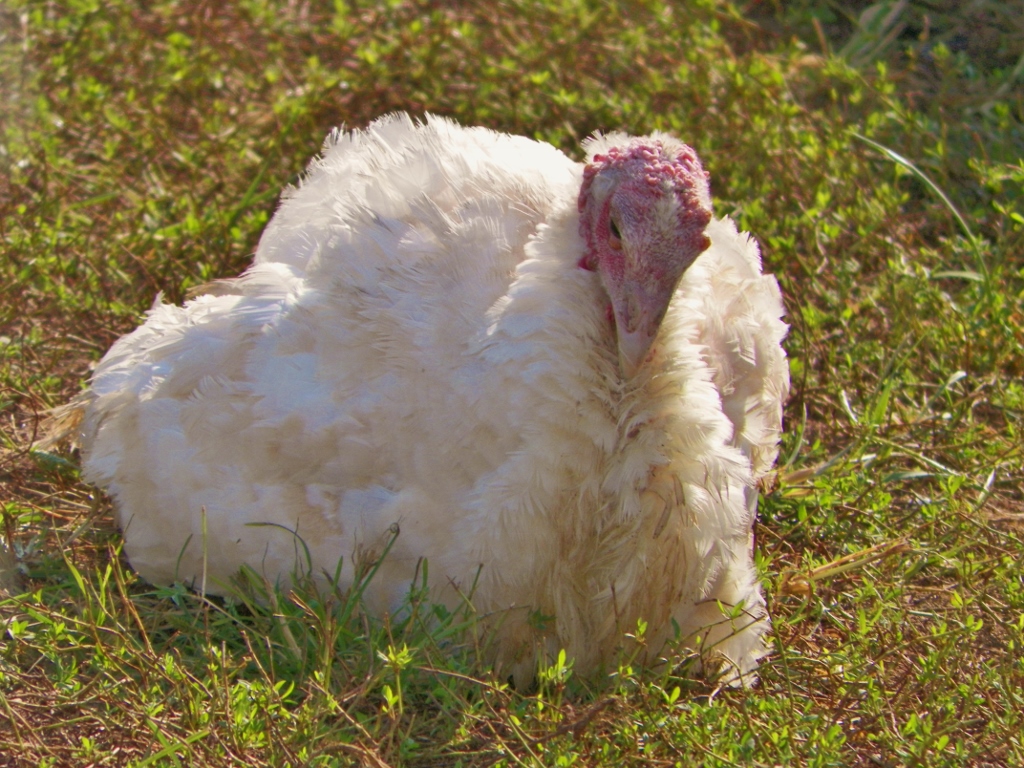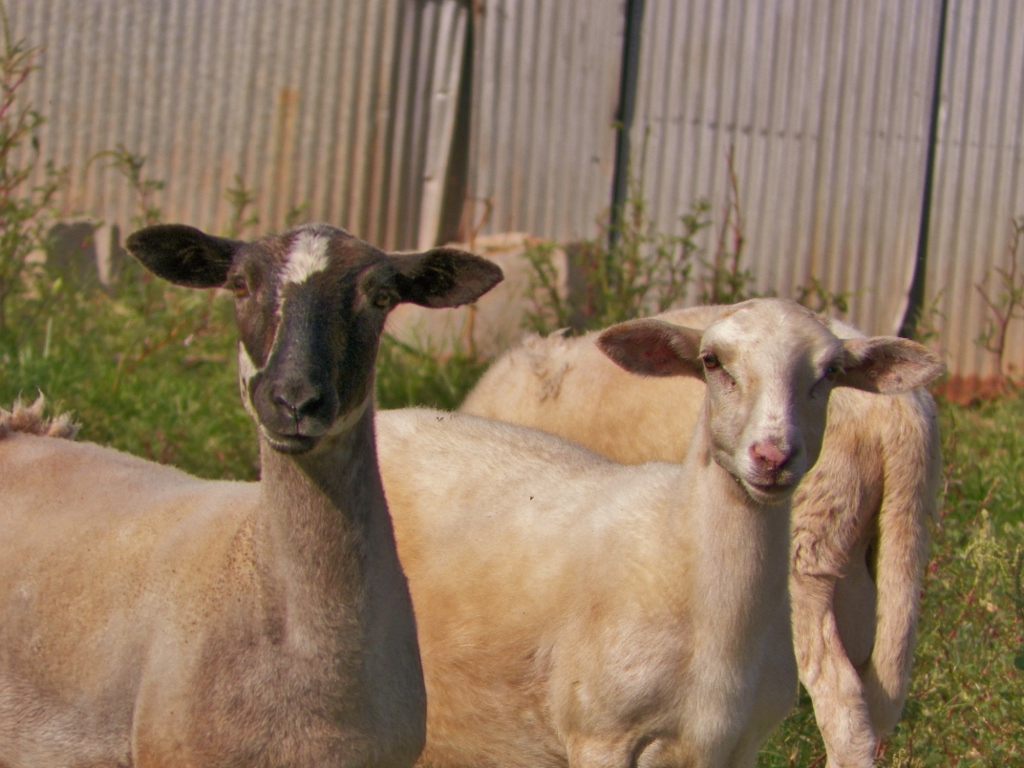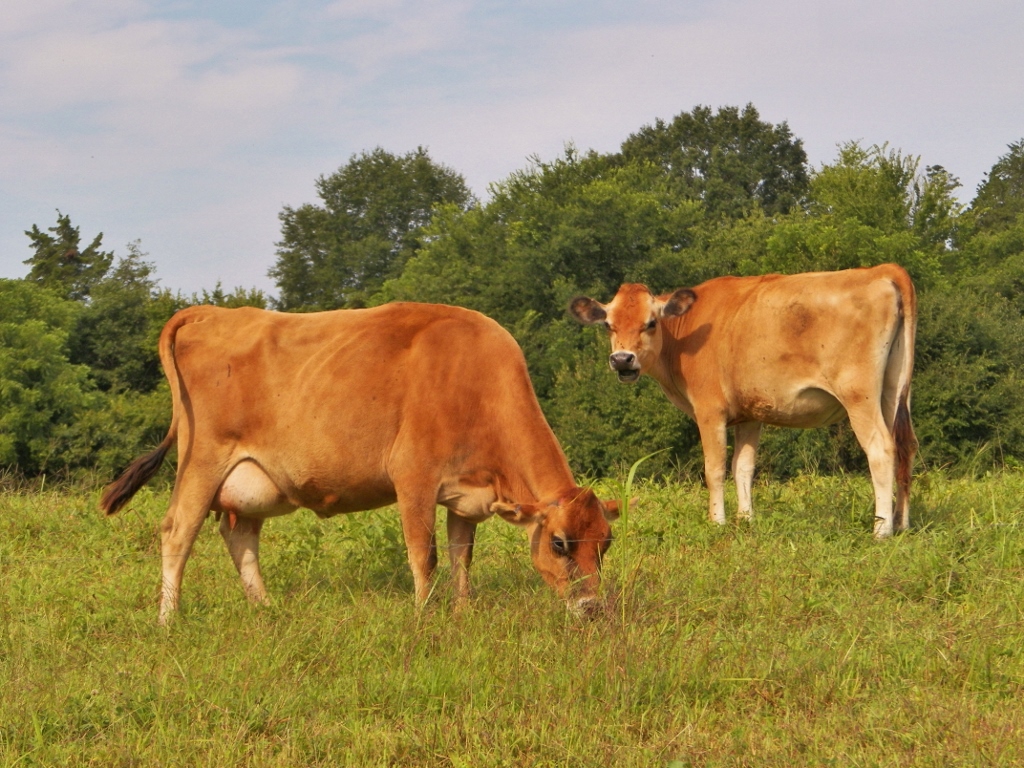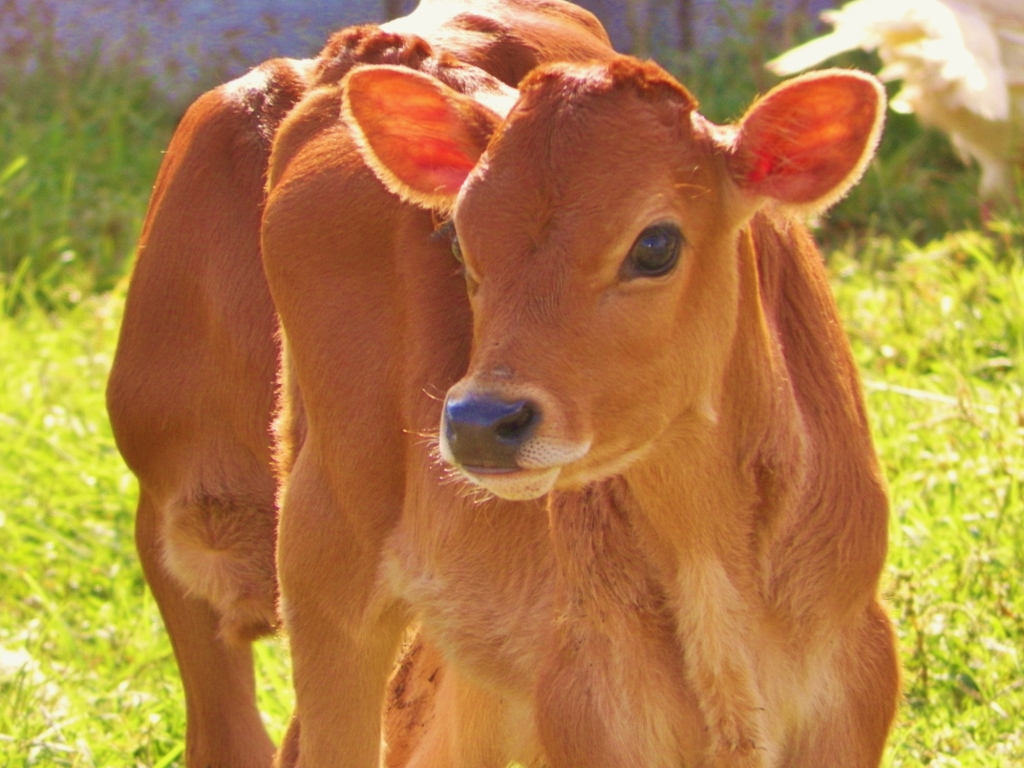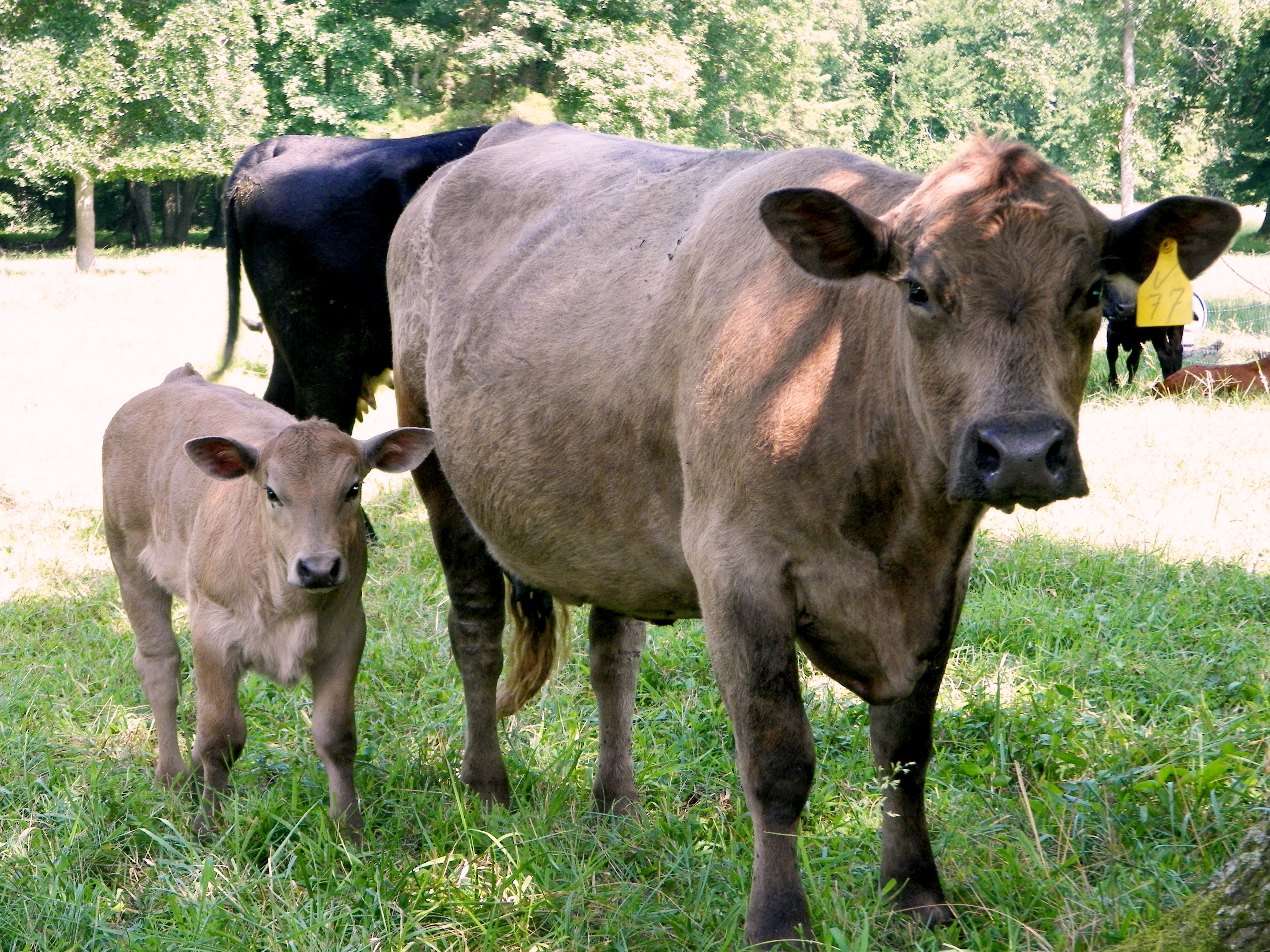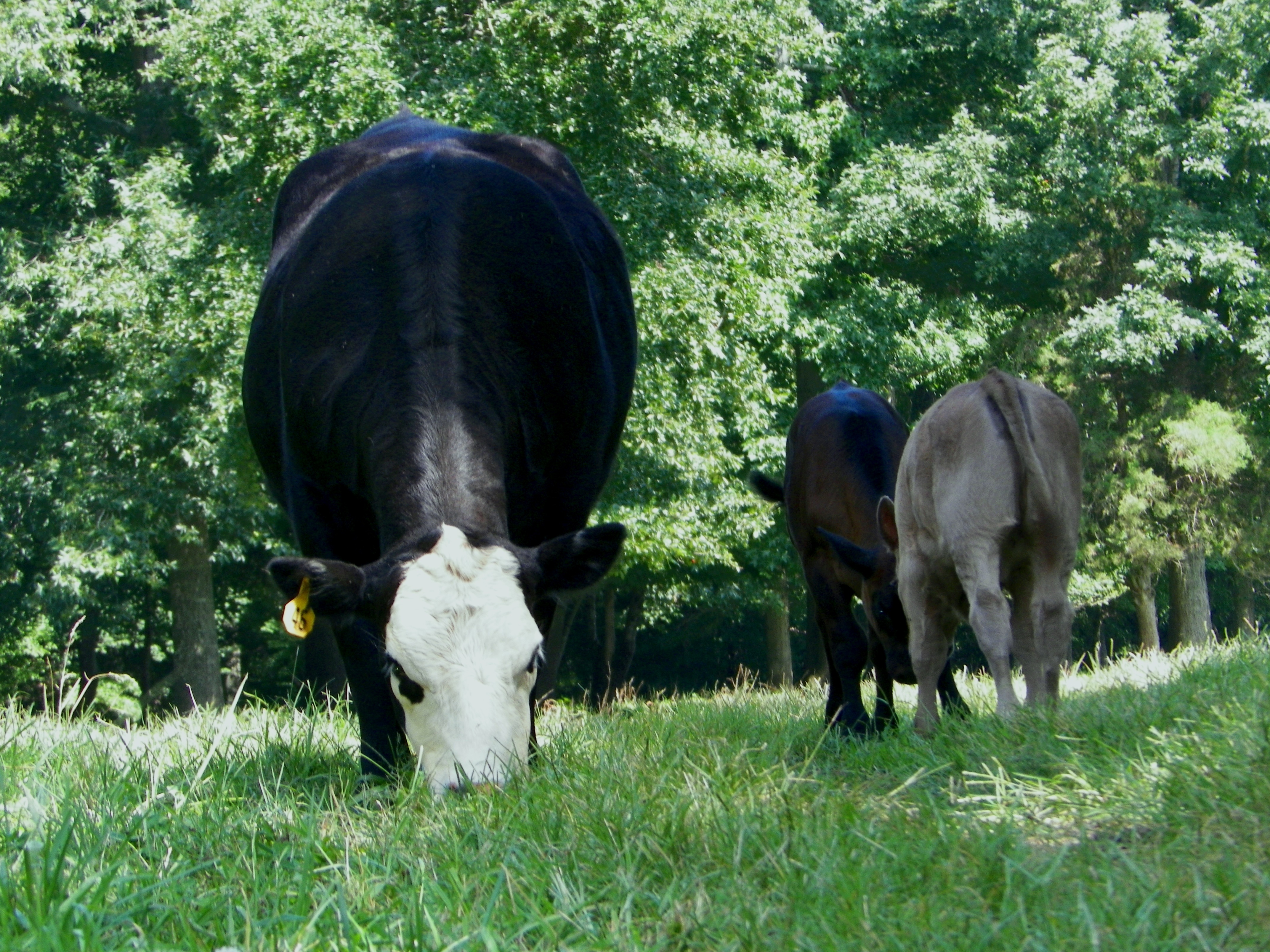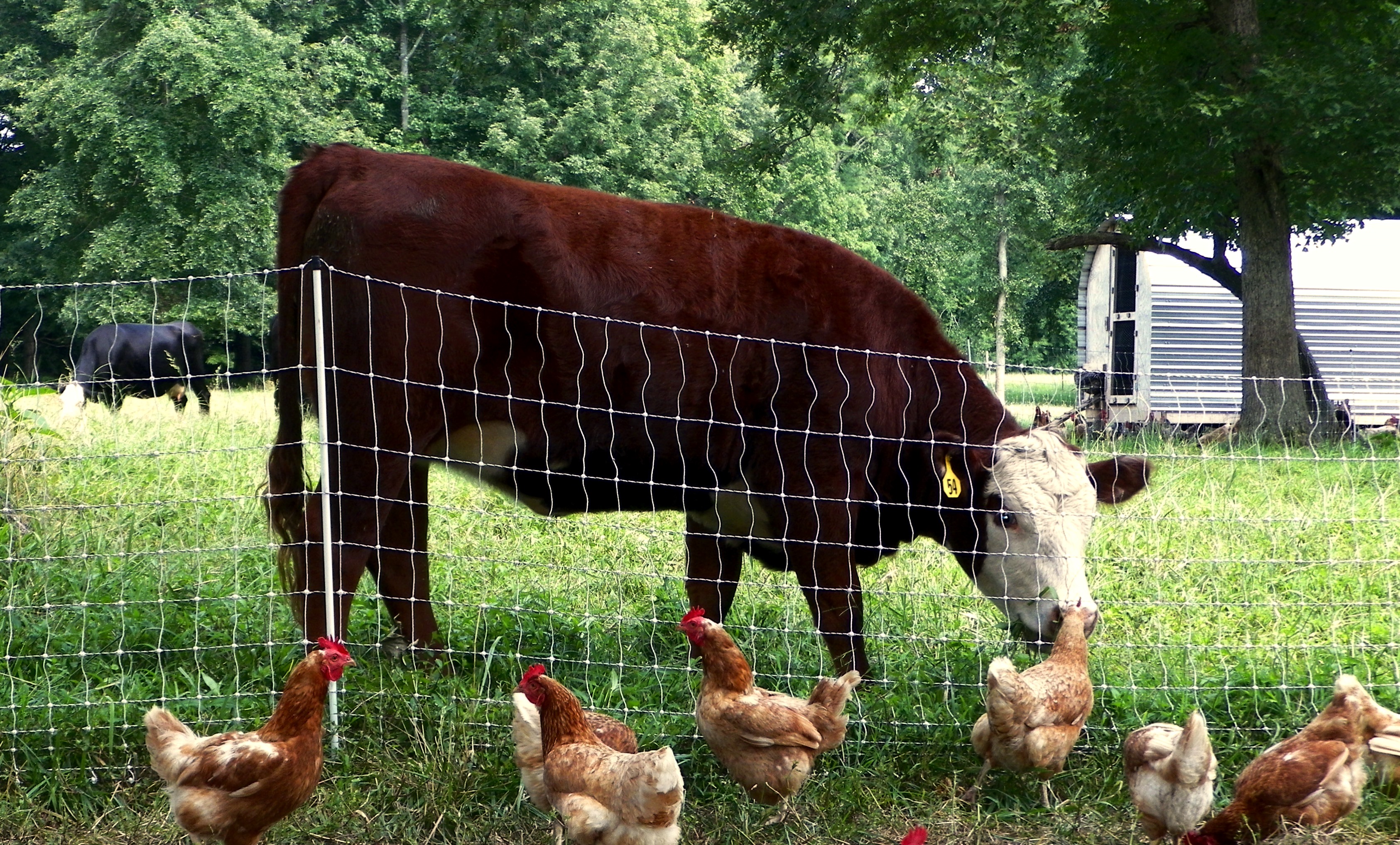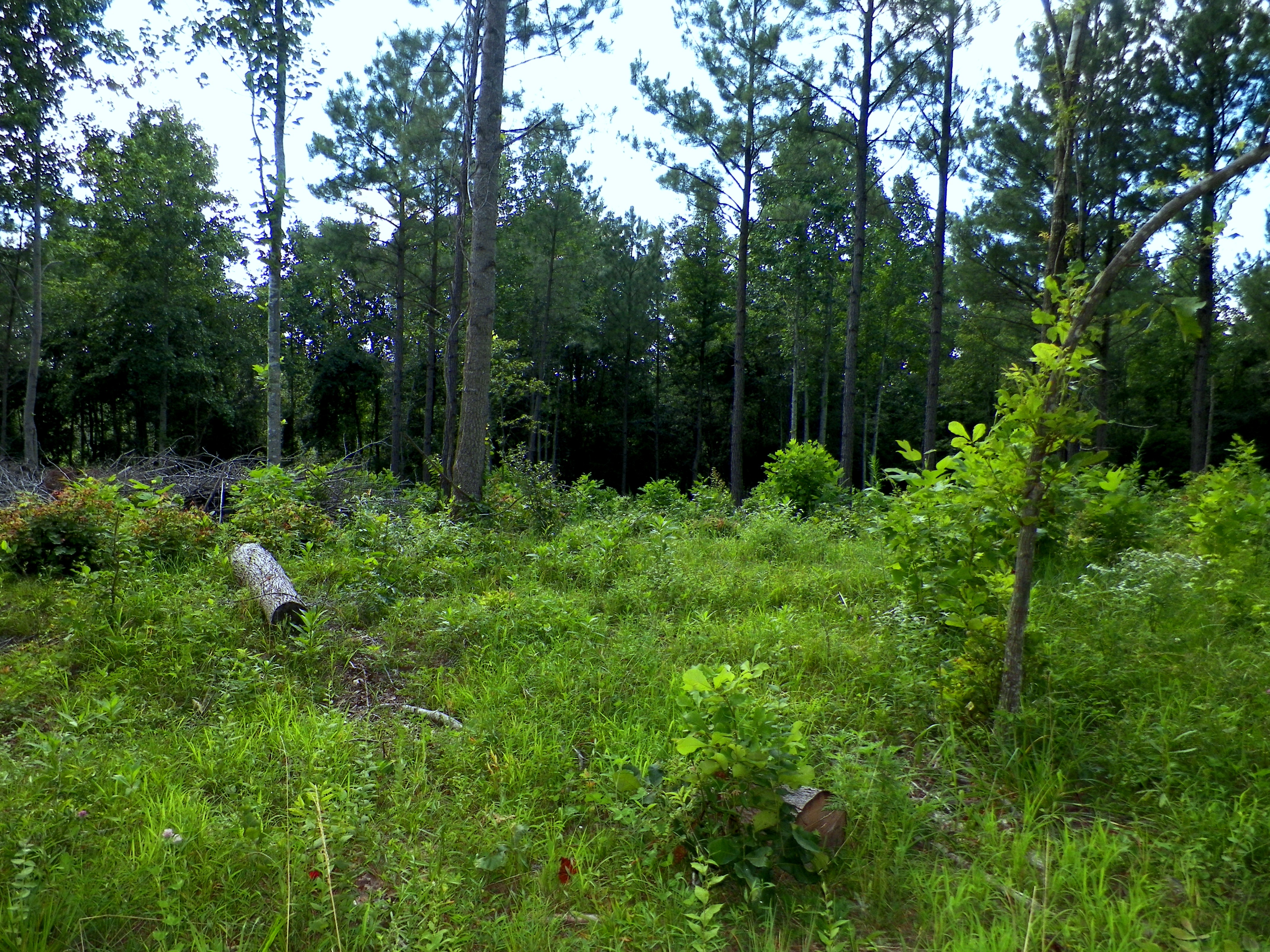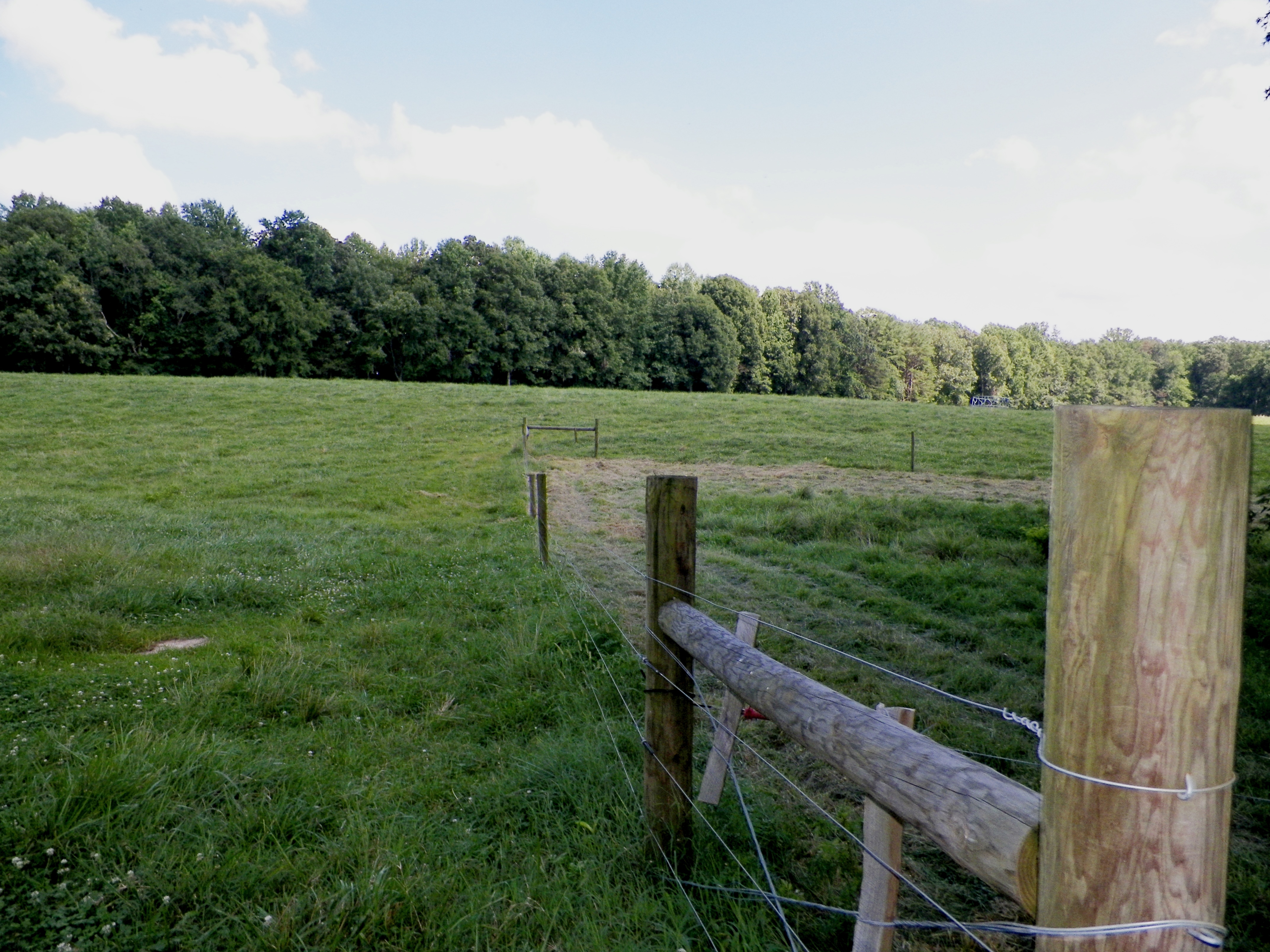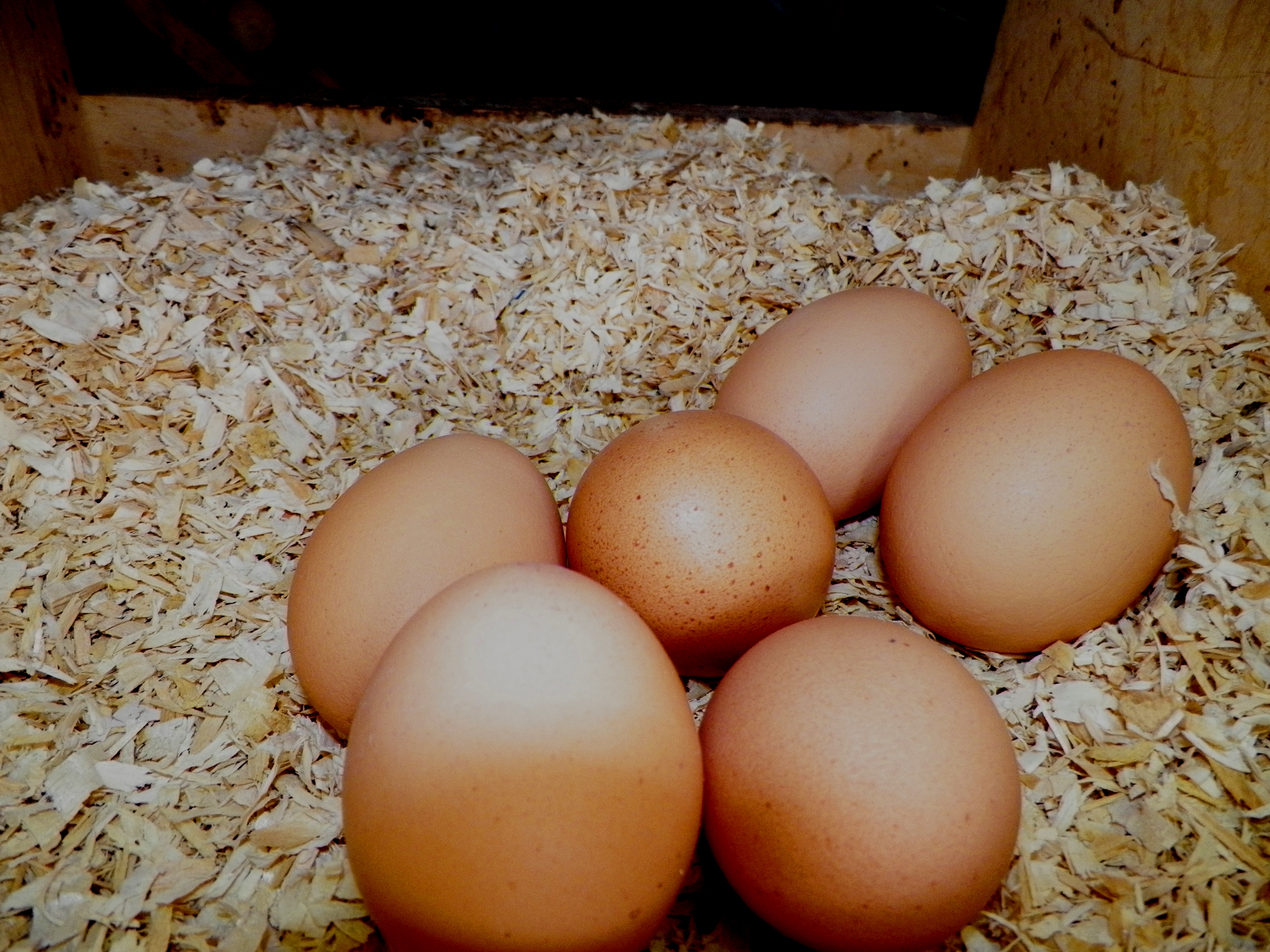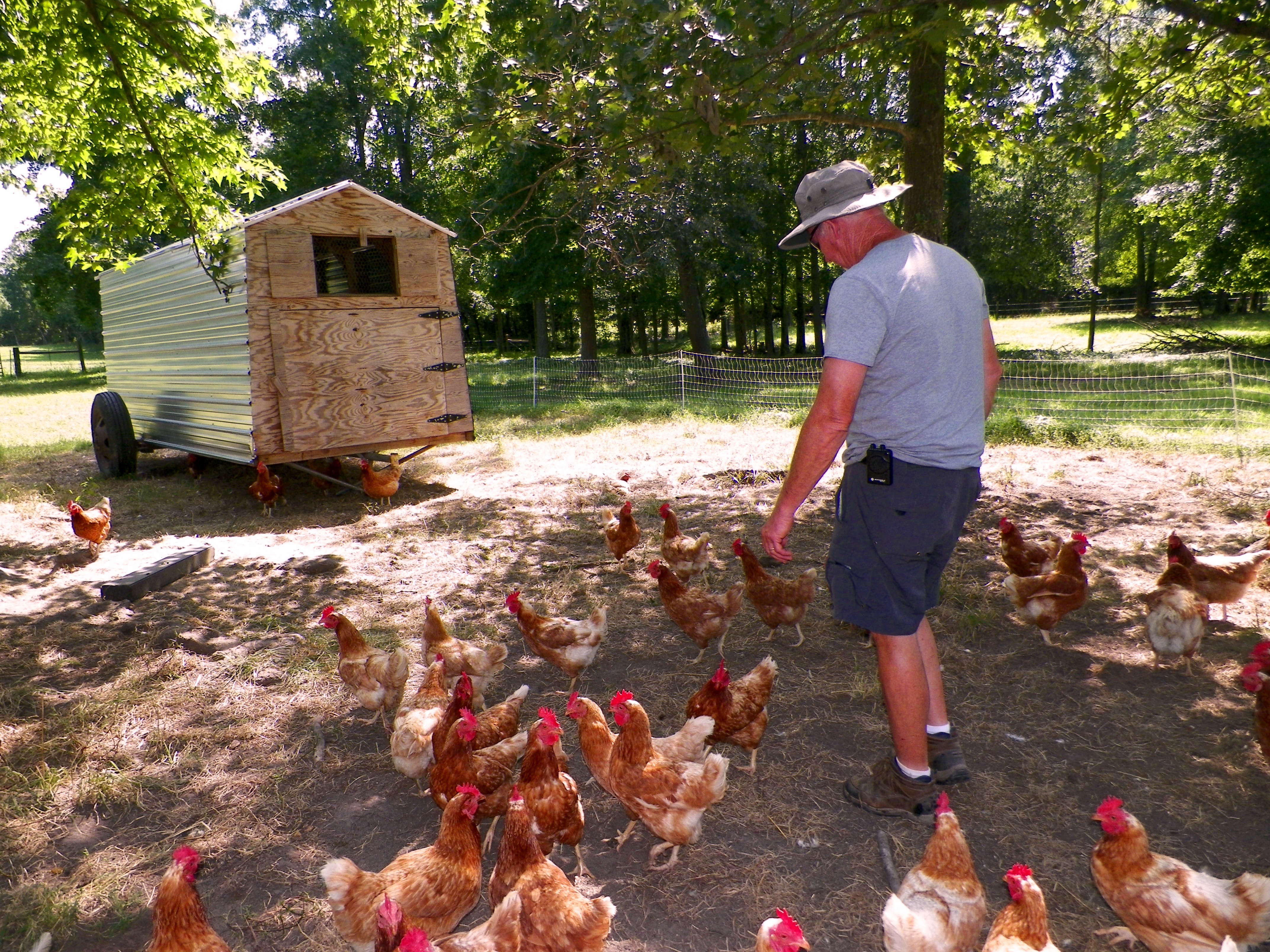They operate Broadfork Farm in Mosely, where they raise their three children and lots of vegetables. Visitors who step onto the property at this time of year are greeted by bright rows of vivacious greens, carrots, and kohlrabi. It is no surprise that the fall crop is doing so well, considering the hard work Janet Aardema and her husband Dan Gagnon have done to create nutrient-rich soil that supports multiple produce plantings and harvests each year. 
Broadfork has been in existence for several years and has entered its third year as a full farm business. Many customers are taking advantage of its ability to serve as a “CSA,” or “Community Supported Agriculture” program. CSAs are not incredibly common in the greater Richmond area, but they are becoming more popular. Customers pay in advance for a weekly or monthly subscription to the farm, and in return, they receive bags and boxes of in-season farm goods. The CSA system helps consumers build deeper connections to agriculture, and according to Janet, “Risk can be mitigated well for a diversified farm like ours.” After all, subscribers invest in the farm’s products and therefore also invest in its success. Janet and Dan are working on expanding the CSA program, but they also take their produce to local markets. 
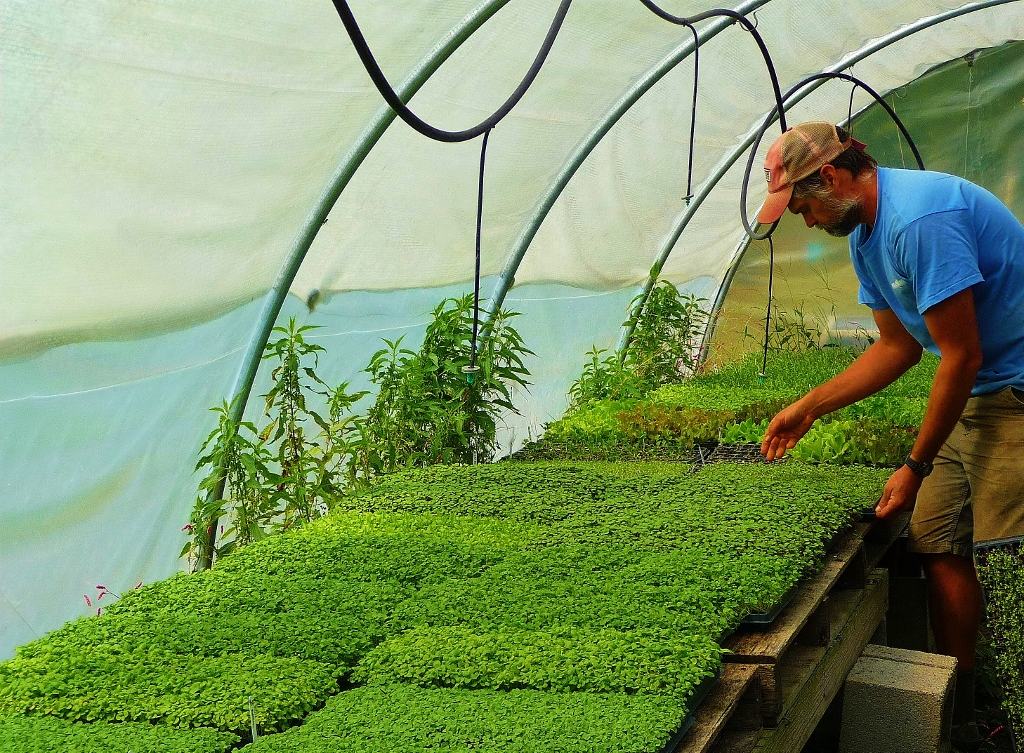 The growing season is not over at the end of the summer. Although tomatoes and peppers are winding down, the farm is host to a plethora of cold-hardy cool-season vegetables including broccoli, radishes, carrots, lettuce, kohlrabi, collards, and more. The farm has plenty of unique crops like frisee, escarole, and microgreens, and this summer Dan and Janet experimented with a tomato grafting project. On the side, the farm helps with programs and field days for the Virginia Association for Biological Farming, an organization for agriculturalists that promotes sustainable practices. Janet is their executive director.
The growing season is not over at the end of the summer. Although tomatoes and peppers are winding down, the farm is host to a plethora of cold-hardy cool-season vegetables including broccoli, radishes, carrots, lettuce, kohlrabi, collards, and more. The farm has plenty of unique crops like frisee, escarole, and microgreens, and this summer Dan and Janet experimented with a tomato grafting project. On the side, the farm helps with programs and field days for the Virginia Association for Biological Farming, an organization for agriculturalists that promotes sustainable practices. Janet is their executive director.
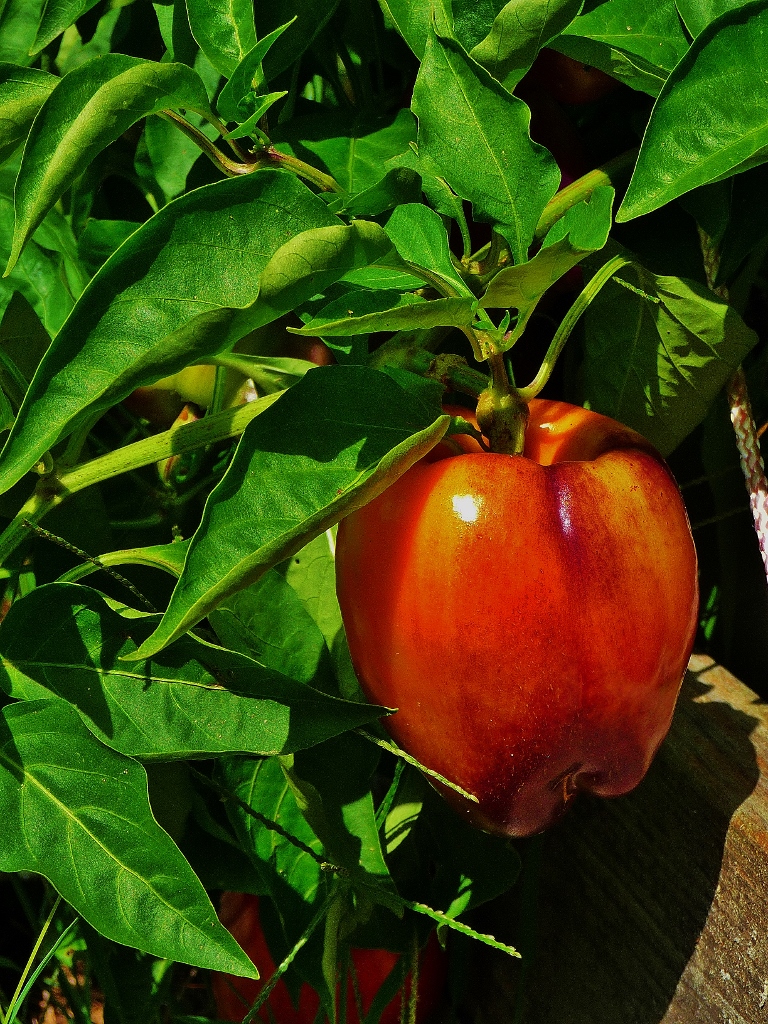 Broadfork Farm relies on research, test data, and sustainability guidelines to govern its farm management decisions. Both Janet and Dan are self-described “soil nerds,” and as such, they rely on soil testing to determine levels of micro and macro nutrients and percentages of organic matter in their fields. Dan spends much of his time studying ways to improve his soil and in turn improve the quality of his products. His ultimate goal is to increase the organic matter on parts of his farm. Why? Organic matter increases the water-holding capacity of the soil, releases plant-available nutrients, and helps form soil aggregates that lead to better soil structure. Soil with good structure is more water-permeable.
Broadfork Farm relies on research, test data, and sustainability guidelines to govern its farm management decisions. Both Janet and Dan are self-described “soil nerds,” and as such, they rely on soil testing to determine levels of micro and macro nutrients and percentages of organic matter in their fields. Dan spends much of his time studying ways to improve his soil and in turn improve the quality of his products. His ultimate goal is to increase the organic matter on parts of his farm. Why? Organic matter increases the water-holding capacity of the soil, releases plant-available nutrients, and helps form soil aggregates that lead to better soil structure. Soil with good structure is more water-permeable.
Dan studies the cation exchange capacity of the soil on his farm as a means of making his fertilizer program more efficient. The higher the cation exchange capacity of a soil, or CEC, the more positively-charged ions from elements like calcium, magnesium, potassium, and sodium the soil can hold, store, and exchange for plants. Clays and soils with high organic matter tend to have high cation exchange capacities, so Dan uses compost and organic materials to build soils with higher CECs. Knowing the traits of his soils allows him to target the areas that need the most fertility help.
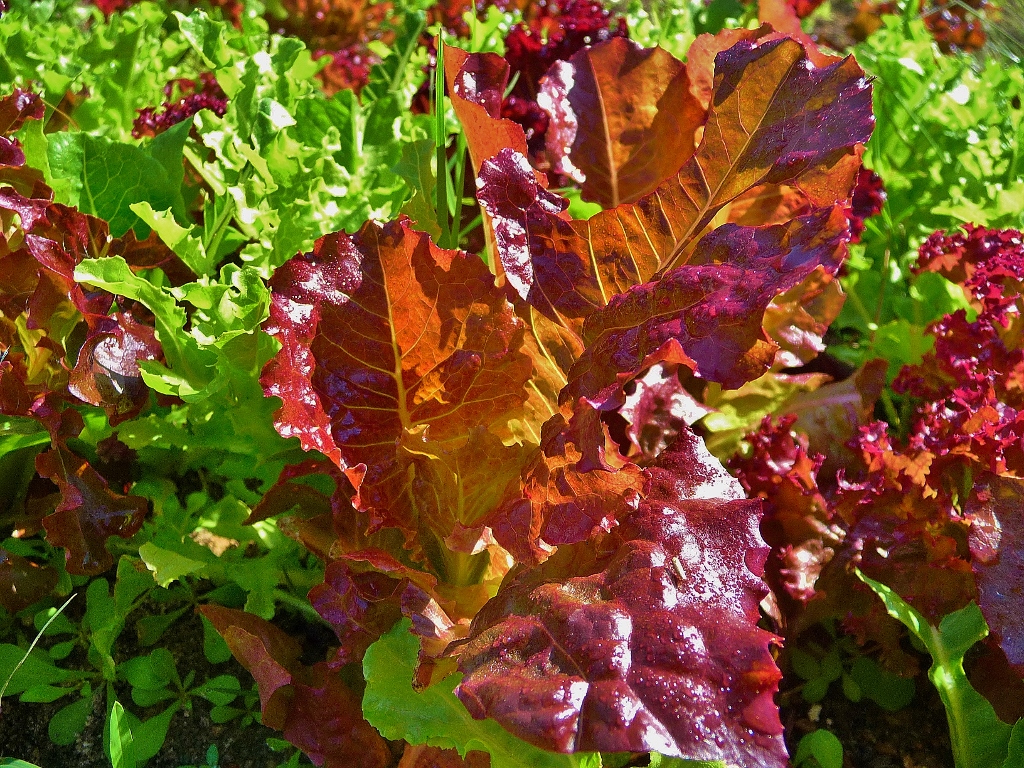 Produce from the farm is “Certified Naturally Grown,” meaning that it is produced under a specific set of management principles and the farm undergoes auditing in order to ensure that it continues to meet the expectations of the program. Janet believes that the certification has been a helpful marketing tool. Without it, she used to explain the farm’s practices to customers but could not use any special labeling or branding programs. Now that the produce is certified in this program, she can point to a specific, consistent set of guidelines that governs the way the farm grows its produce. The “Certified Naturally Grown” program is quite similar to the nation-wide “Certified Organic” labeling program, but it differs in the fact that it is designed to uniquely suit the needs of small farmers and direct-market producers like Janet and Dan. Large farms that sell to large outlets are better suited for the “Certified Organic” program, although all producers have access to it.
Produce from the farm is “Certified Naturally Grown,” meaning that it is produced under a specific set of management principles and the farm undergoes auditing in order to ensure that it continues to meet the expectations of the program. Janet believes that the certification has been a helpful marketing tool. Without it, she used to explain the farm’s practices to customers but could not use any special labeling or branding programs. Now that the produce is certified in this program, she can point to a specific, consistent set of guidelines that governs the way the farm grows its produce. The “Certified Naturally Grown” program is quite similar to the nation-wide “Certified Organic” labeling program, but it differs in the fact that it is designed to uniquely suit the needs of small farmers and direct-market producers like Janet and Dan. Large farms that sell to large outlets are better suited for the “Certified Organic” program, although all producers have access to it. 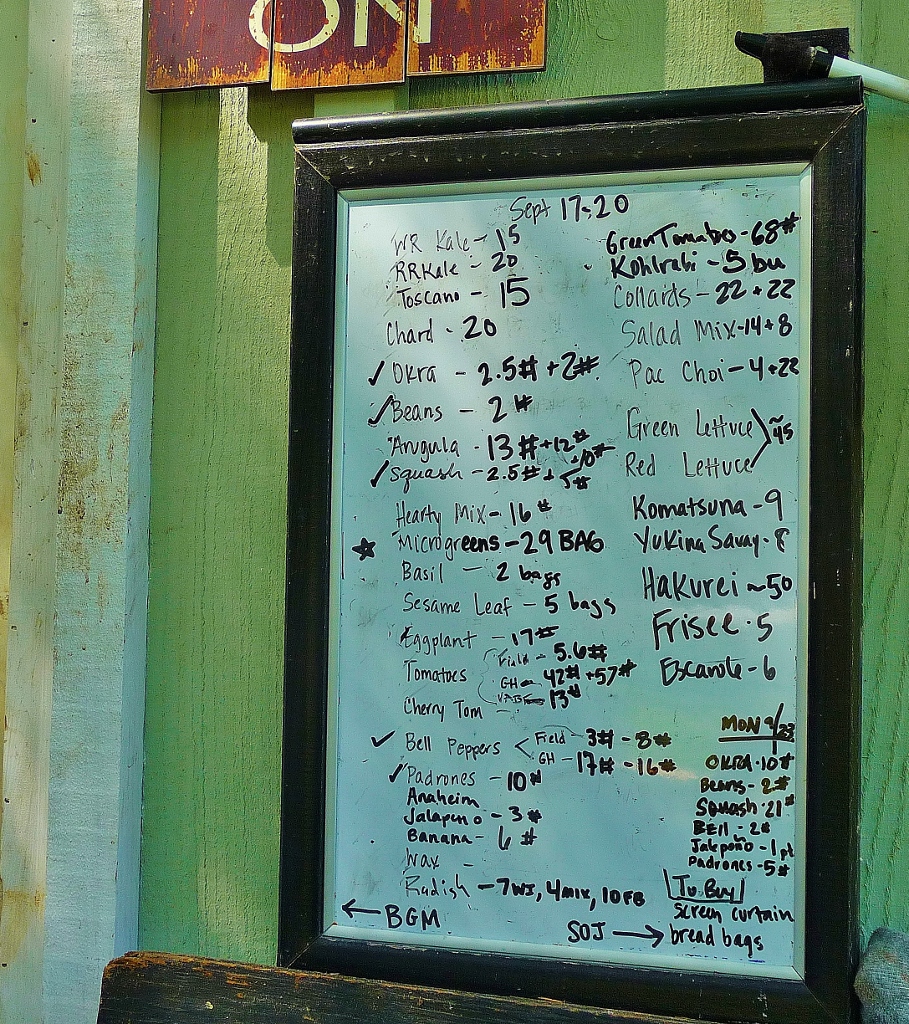
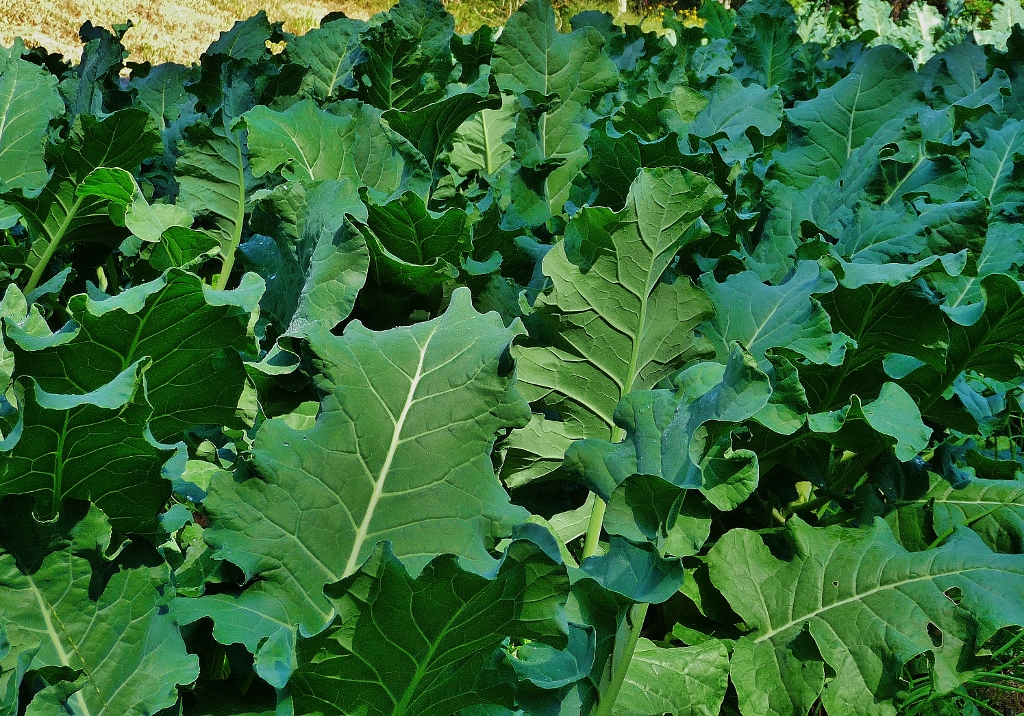 Broadfork Farm has been successful in providing high-quality foods for their customers and Janet and Dan look forward to the possibility of expanding the CSA portion of their market. They estimate that they have produced enough food to feed one hundred families each year over the past two years. The future holds some additional greenhouses and storage facilities, an increase in acreage, and new adventures in specialty crop production. The family is especially thankful for a chance to serve the needs of the community and work together to turn their passion for local foods into a viable business.
Broadfork Farm has been successful in providing high-quality foods for their customers and Janet and Dan look forward to the possibility of expanding the CSA portion of their market. They estimate that they have produced enough food to feed one hundred families each year over the past two years. The future holds some additional greenhouses and storage facilities, an increase in acreage, and new adventures in specialty crop production. The family is especially thankful for a chance to serve the needs of the community and work together to turn their passion for local foods into a viable business. 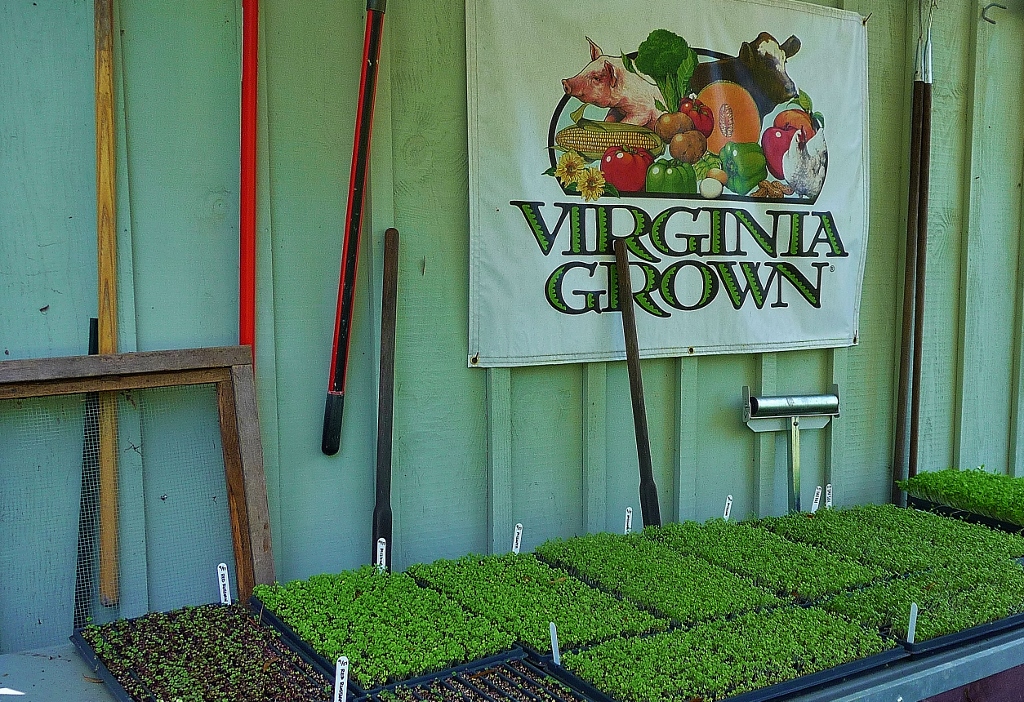 Additional Resources for Readers:
Additional Resources for Readers:
Certified Naturally Grown Program Webpage

